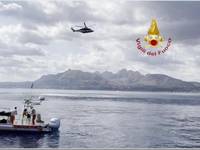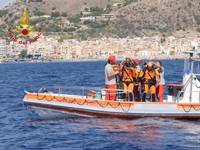Volvo Ocean Race Crash Raises Questions on Standards
The report on the Team Vestas Wind crash occurred on November 29 in the second leg between Cape Town and Abu Dhabi has recommended an overhaul of navigational charting in offshore racing to prevent a similar incident in the future.
The findings of the independent report into the crash of Volvo Ocean Race boat on the Indian Ocean reef were based on interviews including with the crew and the Volvo Ocean Race direction.
"The crew was not aware of any navigational hazards in its vicinity. He misjudged the depth indicated 40 meters and believed he could safely navigate through the reef "summarizes the report.
The Danish boat’s crew miraculously avoided serious injury when they collided with the reef at St Brandon on Nov. 29 last year at around 40kph and span 180 degrees before coming to a halt, grounded. The crew had indeed struck a reef in the open Indian Ocean and was forced to abandon ship.
The panel found that a failure by the crew to spot the reef on onboard electronic navigational guides was to blame and has recommended that industry standards of charting, both electronic and paper, be improved.
In particular, the panel said that a passenger aircraft-style list of check-points should first be ticked off before ocean racing boats take to the open sea.
This independent report was written by recognized experts in their field, Chris Oxenbould, Stan Honey and Chuck Hawley.




